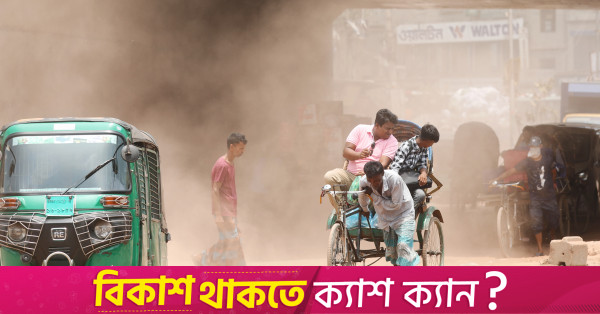Dhaka ranks lower in livability than war-torn Kyiv: report


Dhaka’s education ranking fell 8.3 points, and it caused the city two fall two ranks in the livabilty index
Air pollution chokes Dhaka
Heavy dust from development work in Dhaka’s Dayaganj area pollutes the air. The World Health Organization’s report links 80,000 annual deaths to air pollution in Bangladesh. The report also notes air pollution can heighten risks of wheezing, coughing, lower respiratory tract infections, and depression. The photo was taken on Friday. Photo: Mehedi Hasan
“>
Air pollution chokes Dhaka
Heavy dust from development work in Dhaka’s Dayaganj area pollutes the air. The World Health Organization’s report links 80,000 annual deaths to air pollution in Bangladesh. The report also notes air pollution can heighten risks of wheezing, coughing, lower respiratory tract infections, and depression. The photo was taken on Friday. Photo: Mehedi Hasan
Dhaka fell two ranks in The Economist Group’s Global Liveability Index 2024 report, once again demonstrating that the city has done little to become a better habitat for its people.
What does the report show
The report reveals that Dhaka ranks 168 out of the 173 cities studied, one rank above Karachi in Pakistan and just below Harare in Zimbabwe.
- Dhaka was 166 last year
- The fall was mainly due to availability and quality of education, which fell from 8.3 points 75.0 to 66.7
How others are doing
To put Dhaka’s placement into context, it should be noted that the capital of Ukraine, Kyiv, which has been suffering under constant missile and drone attack due to their ongoing war with Russia that began in 2021, is still three ranks higher than Bangladesh’s capital at 165.
Other rankings in the bottom ten of the index showed little change
- Karachi did not move its rank from last year however its internal situation did change, with an increase in healthcare of 4.2 points and a decrease in culture and environment of 2.8.
- Port Moresby of Papua New Guinea, previously one rank below Dhaka, climbed from 168 to 166, though this was less a matter of their own improvement and more due to other cities falling as they only show a 2.7 point increase in the culture and environment category.
- The bottom four cities of Lagos, Algiers, Tripoli and Damascus (the capitals of Nigeria, Algeria, Libya and Syria respectively) showed no change in their rankings or the categories that influenced them.
How did the judgment come about?
There were five categories used to achieve the final ranking, which are stability, healthcare, culture and environment, education and infrastructure.
Furthermore these categories are given a number between one and a hundred, with the meaning behind the numbers explained in the table below.
|
Rating |
Description |
|
80-100 |
There are few, if any, challenges to living standards |
|
70-80 |
Day–to–day living is fine, in general, but some aspects of life may entail problems |
|
60-70 |
Negative factors have an impact on day-to-day living |
|
50-60 |
Liveability is substantially constrained |
|
50 or less |
Most aspects of living are severely restricted |
According to the report, Dhaka’s ratings are as follows:
|
Rank |
Stability |
Healthcare |
Culture and Environment |
Education |
Infrastructure |
|
|
2024 |
168 |
50.0 |
41.7 |
40.5 |
66.7 |
26.8 |
|
2023 |
166 |
50.0 |
41.7 |
40.5 |
75.0 |
26.8 |
The breakdown
- Stability is measured using indicators such as the prevalence of petty and violent crime, the threat of terror attacks, military conflicts and civil unrest.
- Healthcare measures the availability and quality of public and private healthcare, the availability of over the counter medication, as well as general healthcare indicators taken from World Bank data.
- Culture and environment uses factors such as weather(heat, humidity and general discomfort of travelers), corruption (data taken from Transparency International), social and religious restrictions, and censorship.
- Education is judged primarily on the availability and quality of private education as well as public education indicators taken from the World Bank.
- Lastly Infrastructure is judged based on the quality of road networks, public transport, international links, energy availability, water availability and telecommunications. It also covers the availability of good housing.



